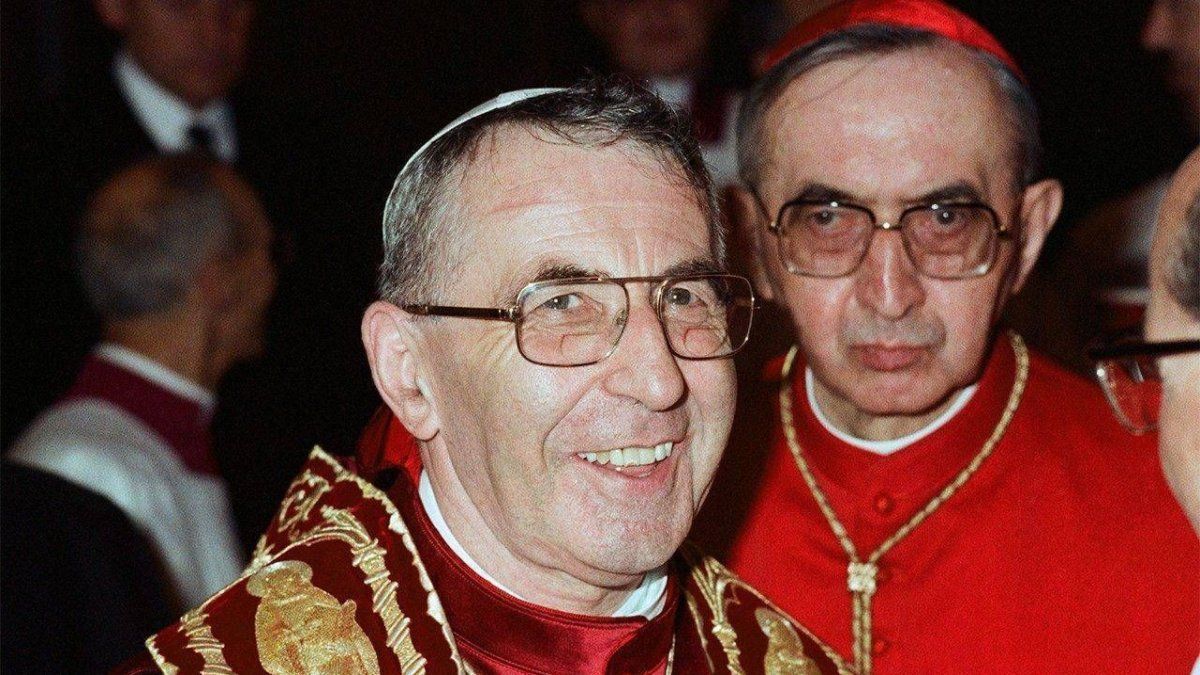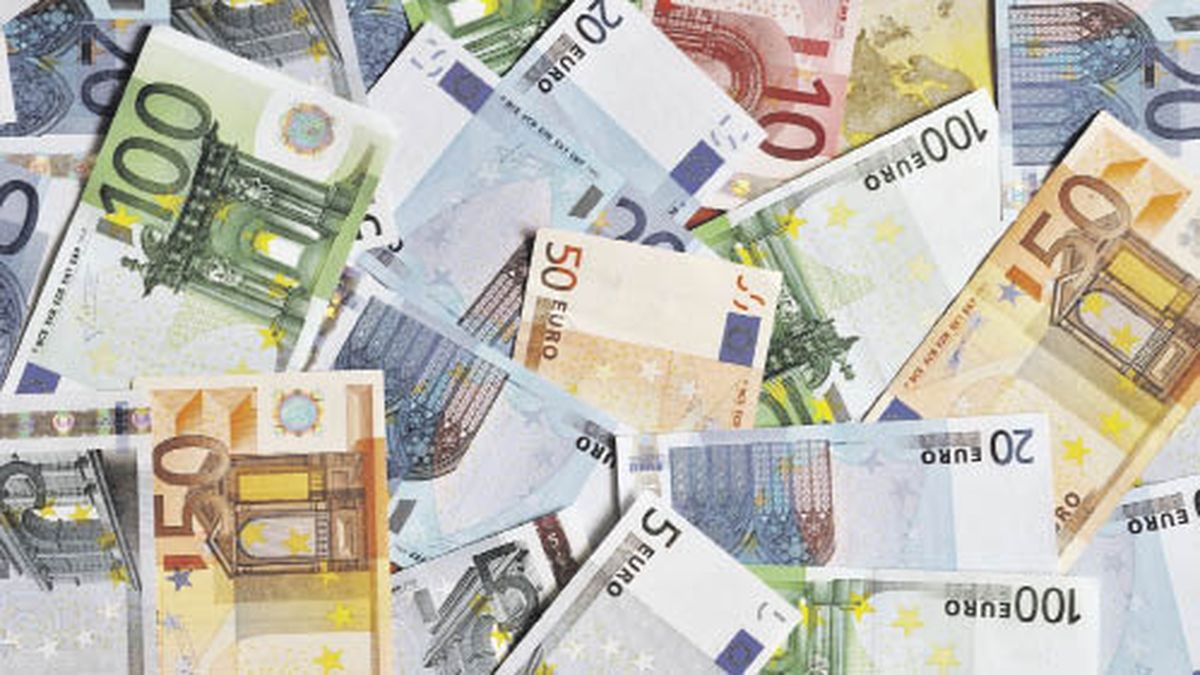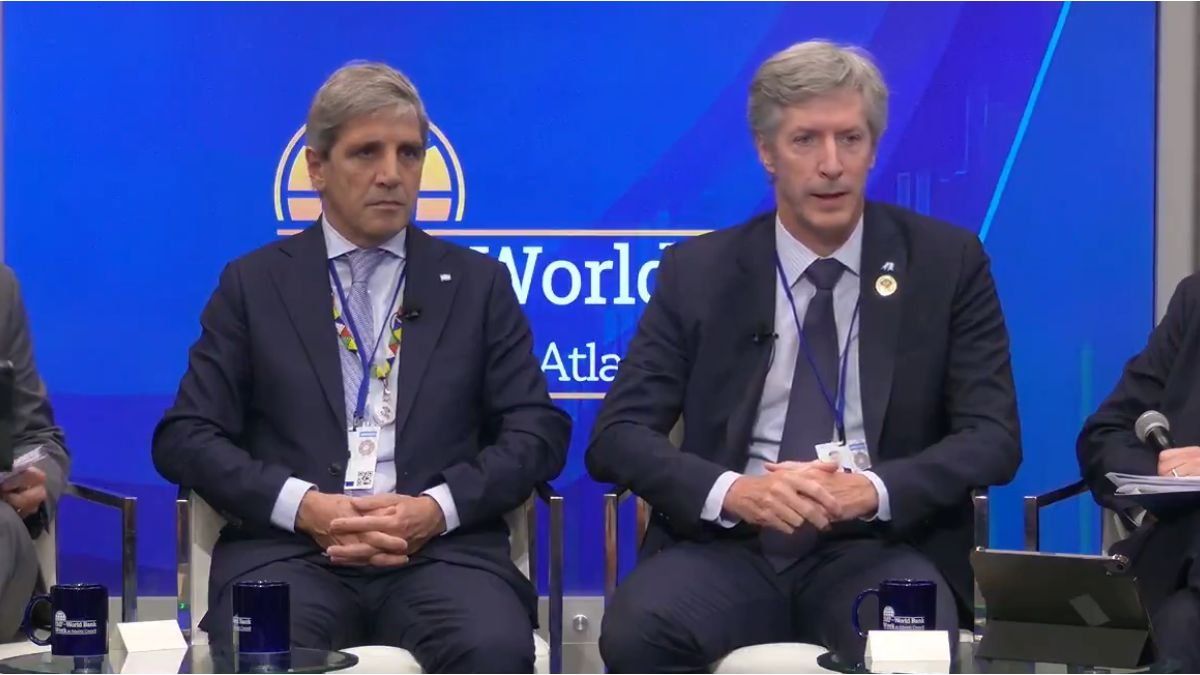Pope Francis’s recent death at 88 put the Catholic church In the center of the global scene. His departure, after twelve years of pontificate, led many to look back in search of figures that also marked decisive moments, although brief, in the history of the Vatican. One of them was Juan Pablo iknown as “The Pope of the Smile”, whose sudden death in 1978, after only 33 days on Pedro’s throneremain wrapped in questions.
An unexpected and autopsy death
Albino Luciani was elected Pontiff on August 26, 1978, after the death of Paul VI. His humble, close and smiling style contrasted with that of his predecessors. But his papacy was abruptly interrupted the September 28 of that same yearwhen he was found lifeless in his bed within the apostolic palace of the Vatican.
According to the official version, Juan Pablo I died of a acute myocardial infarctionbut A autopsy was not performeddecision that generated controversy and fed conspiracy theories that persist until today. The speed with which the body was embalmed – they have a few hours after its finding – and the inconsistencies in official communication The Vatican contributed to the case becoming one of the great mysteries of the twentieth century.
Who found the Pope’s body?
Initially, the Vatican reported that the body was found by its personal secretary, Father John Magee, at 5:30 in the morning. However, this version was contradicted by subsequent testimonies that confirmed that it was SOR VINCENZA TAFFARELone of the religious who attended the Pope, who found the body.
As every morning, the nun left her a cup of coffee in the sacristy adjacent to her bedroom, but when she noticed that she was still intact, she entered worried. He found him lying down, with the glasses and documents on the lap, as if he had died reading. The scene suggested a quiet death, although cold hands and dark nails They indicated that he had died several hours before.
The Vatican, the secrecy and the breeding ground for conspiracies
The then Secretary of State, Jean-Marie Villot, decided self -order alleging supposed restrictions of canon law, which was later demonstrated that it was not mandatory. This omission fed versions that suggested from a possible poisoning to an alleged Internal purge in the Vaticanespecially related to financial issues, such as the Ambrosian Bank scandal and the P2 lodge.
To this was added the rapid funeral preparation and the veil of secrecy that surrounded the first hours after the death. For decades, authors, journalists and researchers speculated with possible conspiracies within the Vatican curia.
Subsequent investigations and the official version
In 2017, the Italian journalist Stefania Falascaclose to the beatification process of Juan Pablo I, he published the book Pope Lucianibased on official documents and first -hand testimonies. His work discredited the most widespread conspiracy theories and reaffirmed the version of a natural death by heart attack. Even Pope Francis himself beatified in 2022claiming his figure as a symbol of simplicity and renewal.
The shortest papacy?
Although many believe that Juan Pablo I had the shortest papacy in modern history, Urban VII Keep that record: he was chosen in 1590 and died alone 13 days later For malaria. It is also mentioned to Esteban IIwho died three days after his choice in 752, although he was never officially consecrated.
A legacy that endures
Despite his pontificate short, Juan Pablo I left an indelible mark on the collective memory of the Church. His pastoral style, his proximity to people and his austere approach made him an endearing figure for the faithful. His death remains a reminder that, even in the heart of the Vatican, Silences and communication errors can give way to decades of suspicions.
Source: Ambito




